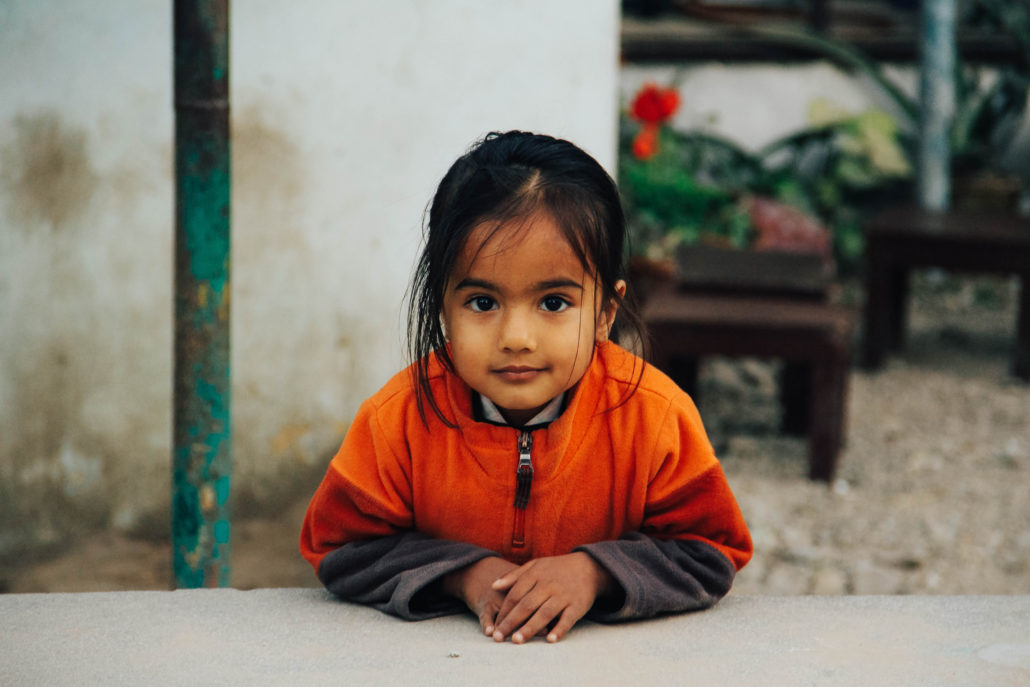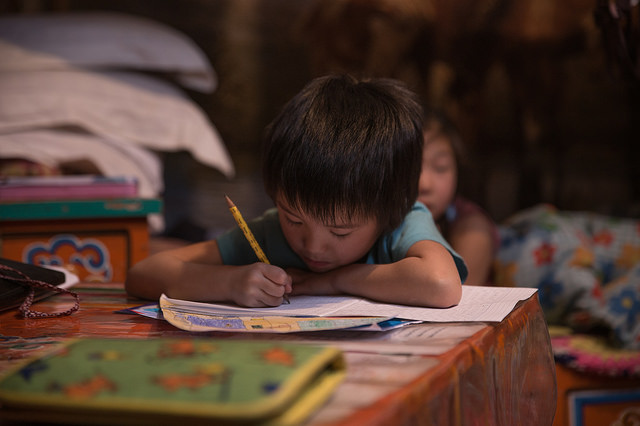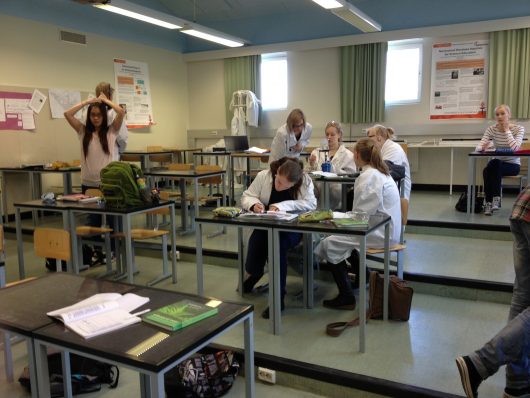
Despite the country’s growing GDP, Nepal ranks the poorest among countries in South Asia and the 12th poorest in the world. One quarter of the 28.09 million population lives below the poverty line. Nepal’s poverty is even more evident in the country’s young population, as more than 60% of children lack at least one basic necessity. With children under the age of 18 making up 40% of Nepal’s population, investments in youth are integral to the nation’s continued improvement. Nepal Youth Foundation (NYF) is a nonprofit organization that works to empower Nepali youth through educational programs, health services and girls’ empowerment.
The Problem: Education in Nepal
Although Nepal’s education system improved in the past decade, gender disparities and segregation of disabled children prevail. Secondary school completion rates remain low, as only 30% of males and 15% of females have completed secondary school. Poorer areas pose additional challenges to female education, as the female literacy rate in rural areas is 74% compared to 89% in urban areas.
However, Nepal’s education system fails vulnerable, disabled children the most. More than 30% of children with disabilities do not attend school, as most public schools refuse to enroll them. When they do attend school, children with disabilities are placed in segregated classrooms, resulting in social isolation and an education of lower quality. It is estimated that more than 200,000 children in Nepal have disabilities.
3 Solutions from Nepal Youth Foundation
- Educational Scholarships: Nepal Youth Foundation provides educational scholarships for vulnerable youth, which include disabled, orphaned and homeless children. These scholarships pay for clothing, health services, living costs and counseling, in addition to educational expenses.
- Day School Scholarship: Nepal Youth Foundation’s Day School Scholarship program purchases school supplies and covers school fees for 165 children living in Kathmandu’s slums.
- Supporting Higher Education: The organization supports impoverished, high-performing students in college, prioritizing girls and other vulnerable groups. Nepal Youth Foundation contributes to the education of more than 300 students in Nepali universities. By prioritizing education for girls and vulnerable groups, Nepal Youth Foundation provides specific solutions for Nepal’s impoverished and vulnerable young people.
The Problem: Malnutrition and HIV/AIDS in Nepal
Both malnutrition and HIV/AIDS pose significant challenges to Nepal’s impoverished youth, who are most likely to lack basic needs and contract diseases. Of every five Nepali children, two are malnourished. Although the nation produces greens and sprouted vegetables that could solve malnutrition, these nutritional foods are most commonly fed to livestock, in accordance with rural traditions in Nepal. As a result, most rural Nepali people eat white rice for the majority of their meals. Healthcare providers’ lack of awareness of the connection between diet and malnutrition exacerbates Nepal’s staggering malnutrition rate, as hospitals fail to address the root causes of malnutrition and offer temporary remedies instead.
Although HIV/AIDS is considered a concentrated epidemic in Nepal isolated to at-risk groups, stigma around the disease has detrimental effects on those diagnosed. Children diagnosed with HIV/AIDS are neglected by society, denied healthcare, refused school enrollment and socially isolated by their peers.
3 NYF Solutions
- Nutrition Rehabilitation Homes: Nepal Youth Foundation’s 17 Nutrition Rehabilitation Homes exclusively treat malnourished children. Since 1998, these homes have replenished the health of more than 15,000 children. Malnourished children stay in Nutrition Rehabilitation Homes for three to four weeks and are fed diets catered to their specific needs. Additionally, these homes teach caregivers and mothers about cooking healthy foods with cheap, available produce to ensure the long-term health of children and families.
- Nutritional Outreach Camps: NYF’s Nutritional Outreach Camps provide further prevention and intervention services for malnourished children. To treat malnourished children, NYF provides medical check ups and medicine and distributes a nutritional flour called Lito. The organization’s prevention techniques include nutrition and hygiene education for local communities. Each short camp serves between 500-800 children and their families.
- New Life Center: The organization’s New Life Center serves children with HIV/AIDS with a team of doctors, nutritionists and specialists that provide healthy diets, counseling, treatment and fun activities. Nepal Youth Foundation also ensures that adults are trained in proper hygiene practices. Nepal Youth Foundation’s commitment to finding solutions to malnutrition and reducing the stigma against children with HIV/AIDS has lasting effects on the communities it serves.
The Problem: Indentured Servitude of Kamlari Girls
Kamlari is a rural Nepali tradition of indentured servitude, through which girls from impoverished families are sold as domestic slaves for a yearly monetary price. These girls, often sold at very young ages, are not legally protected by a contract and are almost always denied the food, bed and education they are promised. Additionally, many are subjected to violence, food deprivation and rape. Although many girls have been rescued as a result of NYF and government efforts, more than 300 girls remain in child slavery.
Nepal Youth Foundation Solutions
The organization’s Empowering Freed Kamlaris program provides management and business training, vocational career counseling and emotional support for former Kamlari girls. NYF also collaborates with local governments to locate and rescue enslaved Kamlari girls. The organization’s Freed Kamlari Development Forum has contributed to the rescue of more than 12,000 girls. Kamlari girls support each other in building businesses through the Freed Kamlari Development Forum, which has more than 2600 members in 37 business collectives. Many former Kamlari girls in the program are trained in specialized skills to run a business and secure a stable source of income. By rescuing and training former Kamlari girls in self sufficiency and economic freedom, Nepal Youth Foundation empowers girls and strengthens the communities in which they build their businesses.
The Nepali government should follow the example of Nepal Youth Foundation and continue to implement programs that support the country’s future generation in education, employment, access to healthcare and gender equality. It is by empowering young people that developing nations progress.
– Melina Stavropoulos
Photo: Unsplash

 In schools across the world, students find themselves at an inherent disadvantage because their classes are not taught in their native language. Native-language instruction is crucial to optimize a student’s success, for many reasons.
In schools across the world, students find themselves at an inherent disadvantage because their classes are not taught in their native language. Native-language instruction is crucial to optimize a student’s success, for many reasons.
 For villagers in Eastern
For villagers in Eastern 
